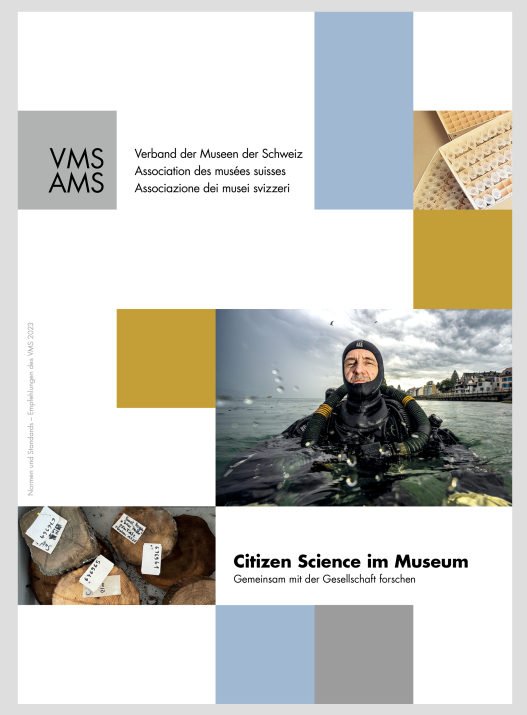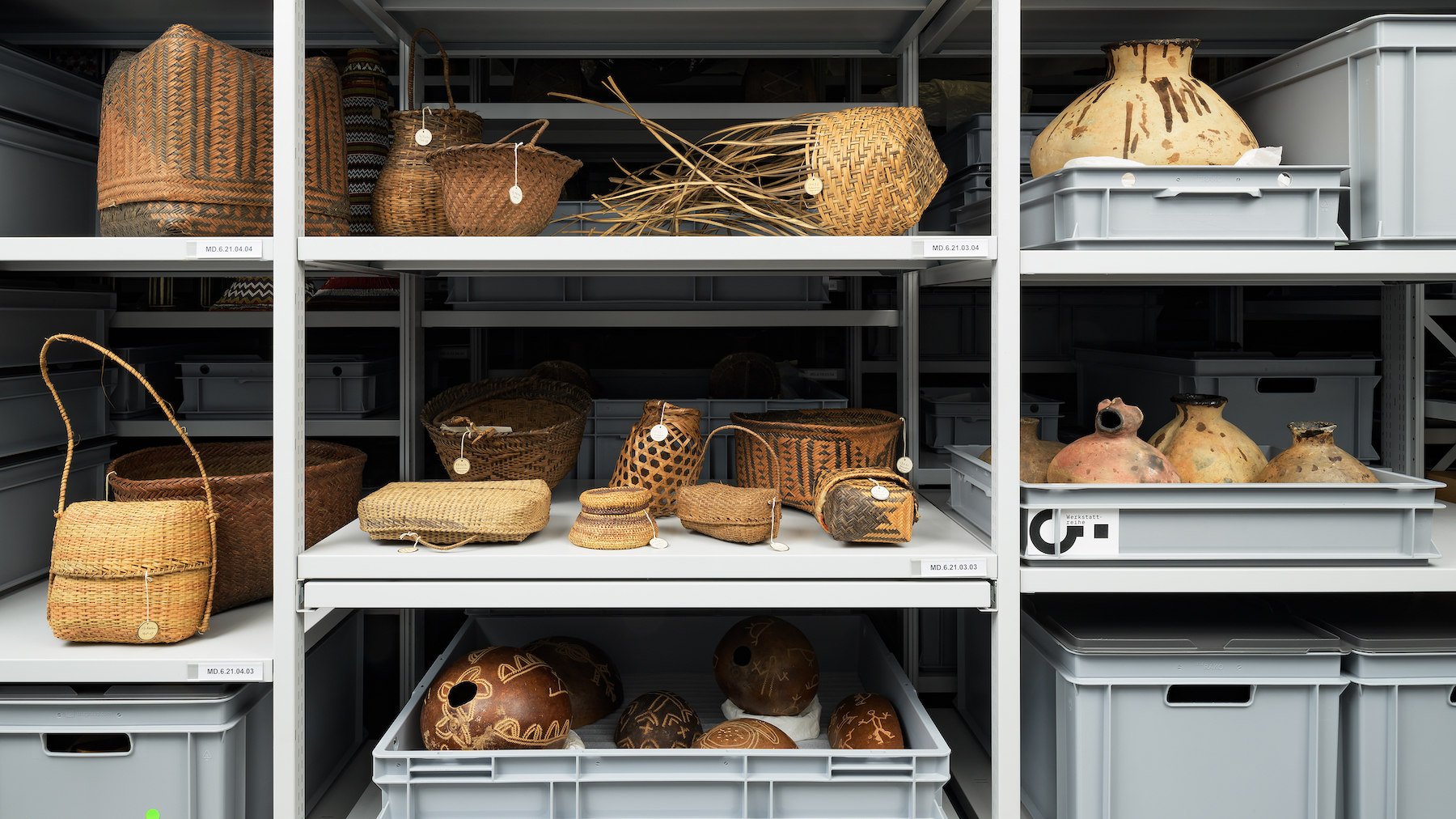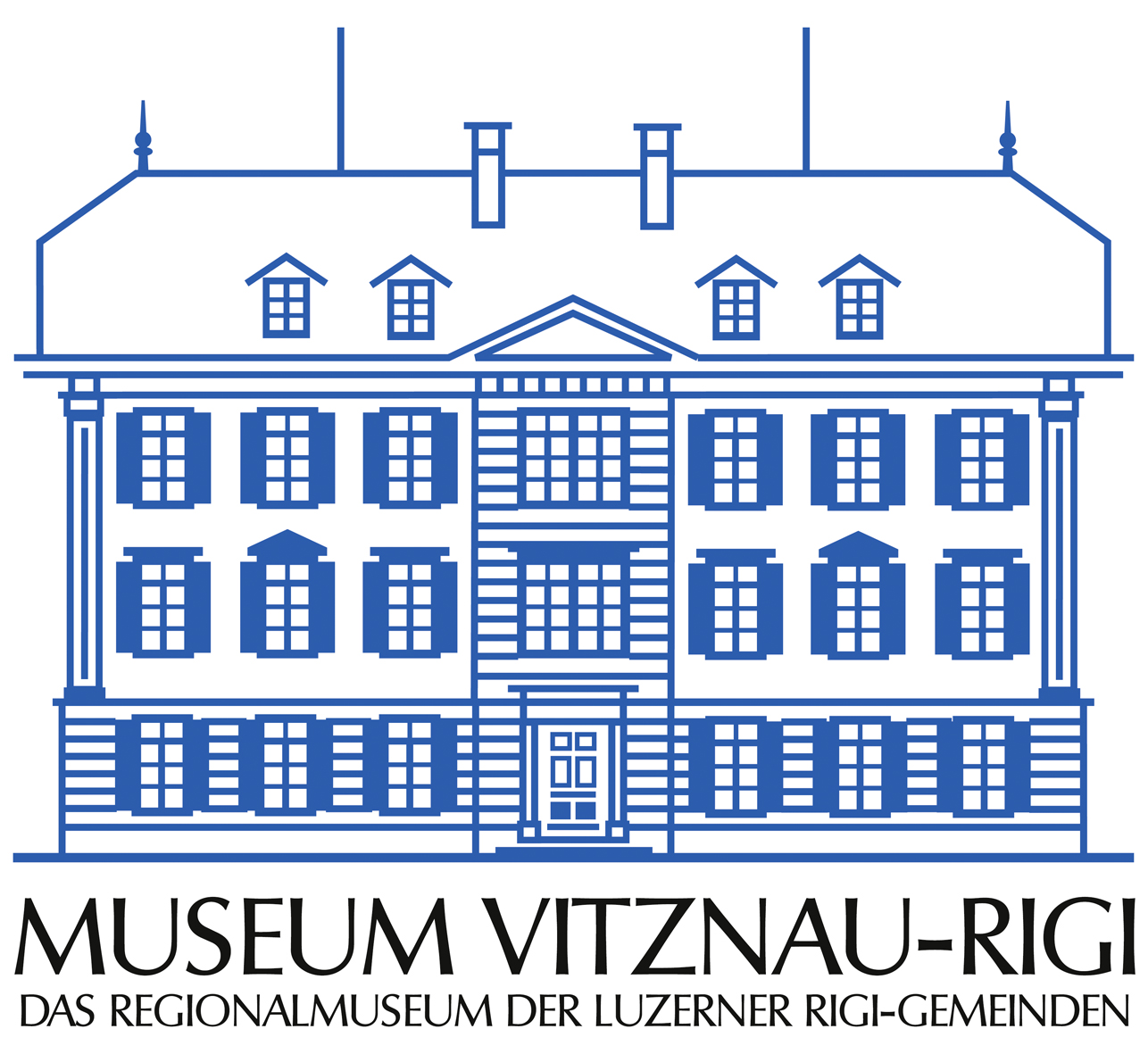Citizen Science in museums - doing research together with society
The Swiss Museums Association has published a brochure that provides insights into the characteristics, the process and the most important stakeholder groups of Citizen Science in museums. We have summarized the most important aspects for you.
Author: Ursina Roffler
Museums have a very special place in Citizen Science. They are places where people come together who are interested in a particular topic and where knowledge is imparted. Museums are therefore particularly suitable as interfaces and bridge builders between science and society. Be it to implement their own Citizen Science projects or to support local specialist institutions such as universities as project partners.
The added value for museums
Citizen Science not only supports museums in their work, but can also strengthen their bond with visitors. Direct contact and joint research makes the museum more approachable and increases people's trust. In addition, museums can also offer their services outside its premises: outdoors in nature or digitally at home. And thus also reach new audiences.
When does a Citizen Science project make sense?
Citizen Science is not always the best solution. It makes sense for museums to launch a participatory research project if, for example, knowledge is needed that is not available in the museum or cannot be covered by museum experts. This can be both local knowledge and empirical knowledge that has not yet been recorded in writing. Another reason may be that a large amount of data needs to be collected and analyzed over a long period of time or over a large geographical distance. In such cases, it is useful to invite citizens to participate in the research.
Project planning: How to proceed?
Good and conscientious project preparation is important. It enables the citizen scientists to be informed transparently about the course and objectives of the project right from the start and to involve them in it. The planning of a Citizen Science project covers various areas. The research question must be identified, the team put together and the roles assigned. The methods to be used, the involvement of participants and data management must be defined. Finally, it should also be discussed how and when the results will be made available to the public and how the project will be evaluated.
The stakeholders: Who should be involved?
Citizen Science does not work alone. The citizen scientists and the museum team make a significant contribution to the success of a Citizen Science project. It is also worth entering into meaningful collaborations. Are there groups that could act as multipliers and publicize the project in their networks? Are there projects that have done something similar and synergies that could be used? Are stakeholders from research and administration interested in the topic and the results? Sometimes it also makes sense to get professional support for certain areas, such as ethics, law or communication. And depending on the project funding, it may also be necessary to involve additional financial partners.
Community Management: How to involve citizen scientists?
Citizen Science is not necessarily better the more people take part. It is important that the participants are motivated, have suitable interests and skills and can commit their time. It is therefore important to consider who exactly you are looking for to answer the research question and what their interests are. Why should they take part? What motivates them? And how will they be involved in the project?
Challenges
The time factor is very important for Citizen Science projects. Sufficient time must be planned: for clarifying expectations and allocating roles, for testing the research method in a small group, for finding and integrating citizen scientists, for any training and for the unexpected. As data is often collected, stored and made public in Citizen Science projects, the project must deal with the issues of data protection rights, copyright and ethical principles. It is often worth consulting experts in this regard. And finally, there are also a few communication traps that need to be avoided. Transparent and respectful communication tailored to the target group and regular exchanges with citizen scientists are essential.
About the brochure
The brochure was published by the Swiss Museums Association and written by Pia Viviani of catta GmbH. Citizen Science Zurich acted in an advisory capacity.


